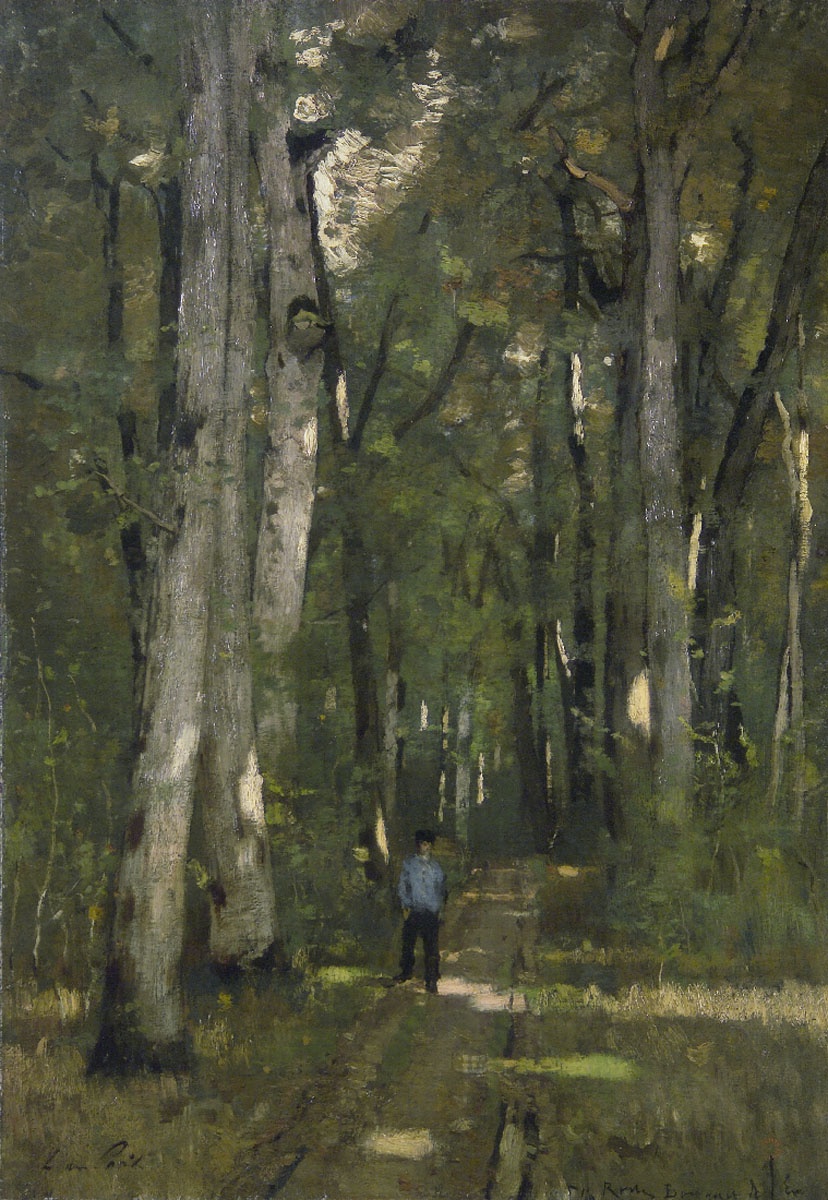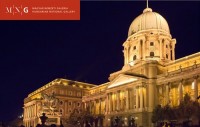László Paál spent the most fruitful years of his life in Barbizon near Paris, where he settled in 1873. The forest, so thick and nearly impenetrable to light, became the new subject of his landscapes. We could even say that in Barbizon, Paál discovered the independent and creative significance of light: the dramatic flashes of light, the sunbeams piercing the dense foliage, became the defining elements in Paál’s painting. His compositions are well thought-out and organized, with the “stage” of the forest interiors lined with trees, while the light mysteriously breaks through the dense forest canopy.Paál’s landscape paintings were more about taking light prisoner: an evermore sensitive and intensive seizing of a “minimum of light”, making objects in the darkness just barely visible. Paál’s works are abstract, but not speculative, sensorial, but at the same time spiritual. In the Road in Fontainbleau Forest, light and shadow engage in a dramatic struggle in the stage-like space framed by trees.
en

